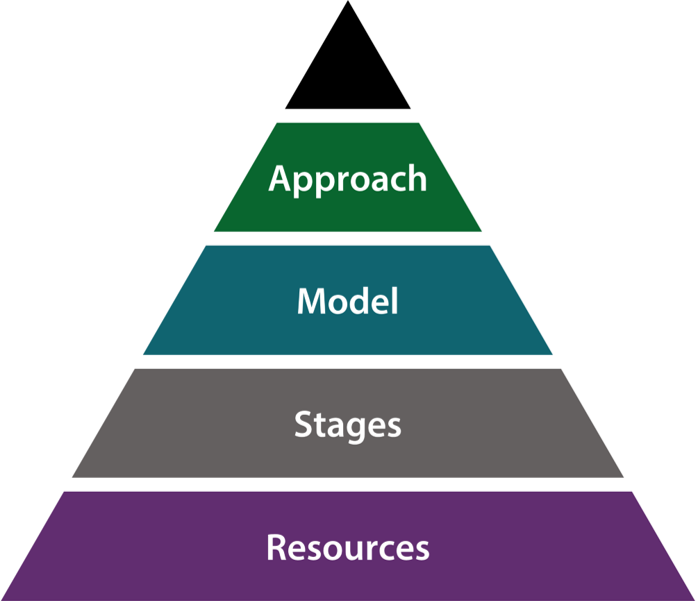Engineers routinely use a systems approach to address challenging problems in complex projects. This allows them to work through the implications of each change or decision they make for the project as a whole. They consider the layout of the system, defining all the elements and interconnections, to ensure that the whole system performs as required.
The Improving Improvement Toolkit, developed by the University of Cambridge, develops the content of the Engineering Better Care report into a novel framework to support ongoing work in service design and improvement in health and care. It comprises four sections:
- Improvement Approach — An introduction to the toolkit, with reference to existing improvement approaches, to highlight new perspectives, activities and tools that could improve improvement. This section will appeal to those with experience of improvement who are interested in developing their skills further.
- Improvement Model — A detailed description of an improvement model based on the systems approach described in Engineering Better Care, to enable the delivery on systems that are measurably better. This section will appeal to those with experience of improvement who are not constrained in their thinking to the existing approaches.
- Improvement Stages — The development of the improvement model into a stage-gate process, highlighting the key questions, activities and deliverables most relevant for each of the initiate, understand, co-design, deliver and sustain stages of the improvement process.
- Improvement Resources — A selection of tools and resources useful in delivering a systems approach to enhance any improvement approach. This section should appeal to all readers, whatever their level of experience or skill in improvement.
Sections of this guide and the accompanying tools may be particularly helpful to different readers:
- Experienced improvers who wish to use their existing improvement approaches should read the Improvement Approach section, in particular the sections relevant to their current approaches. They should also find the Improvement Stages and Improvement Resources sections useful.
- Novice or experienced improvers who wish to investigate a system-based improvement approach should read the Improvement Approach, Improvement Model and Improvement Stages sections. They will also benefit from exploring the Improvement Resources section.
All readers may find the quick start guides useful in addressing all or part(s) of the improvement process. Each guide provides an overview of the key questions, activities and deliverables that are relevant to that stage or to the whole process. Further details on the individual activities can then be found in the relevant sections of the wider toolkit.
Feedback
We would welcome your feedback on this page:
Privacy policy. If your feedback comments warrant follow-up communication, we will send you an email using the details you have provided. Feedback comments are anonymized and then stored on our file server
Read more about how we use your personal data. Any e-mails that are sent or received are stored on our mail server for up to 24 months.


